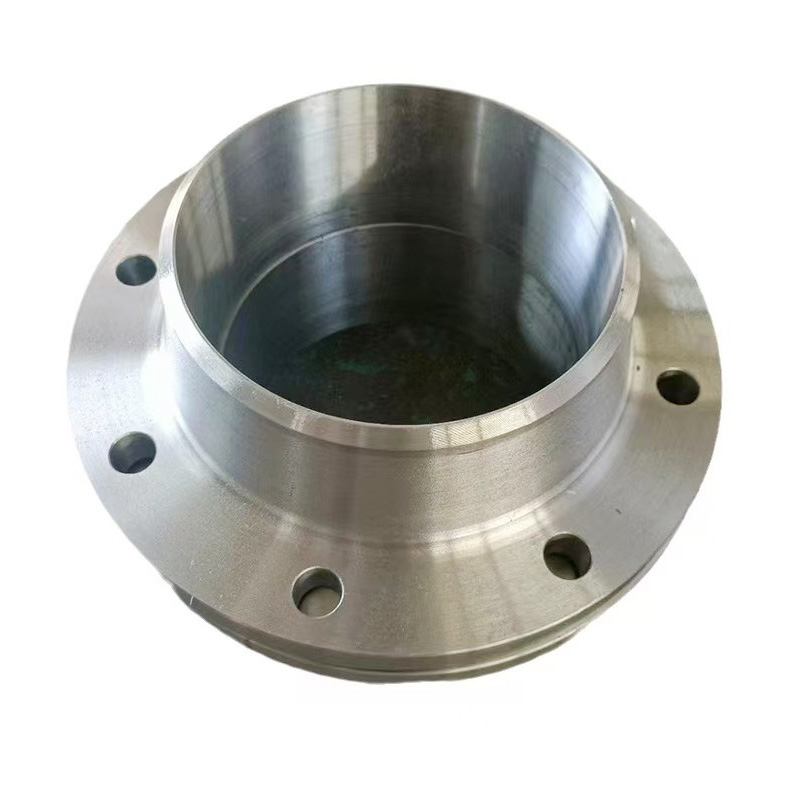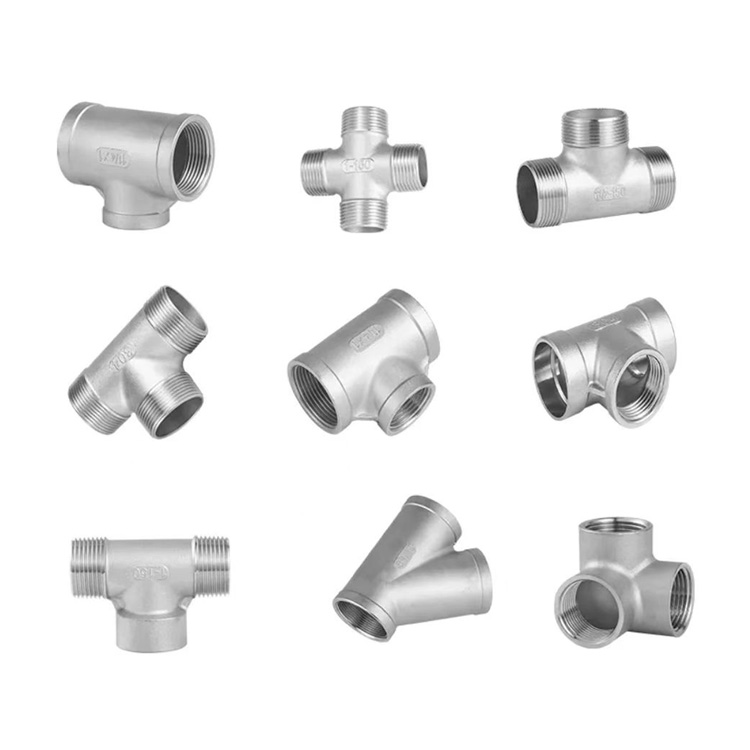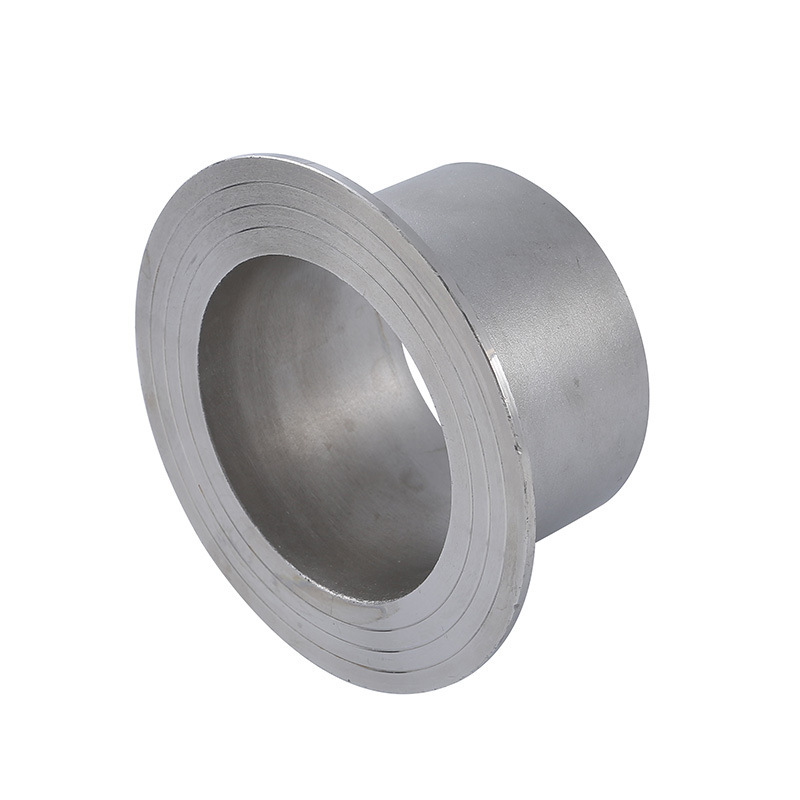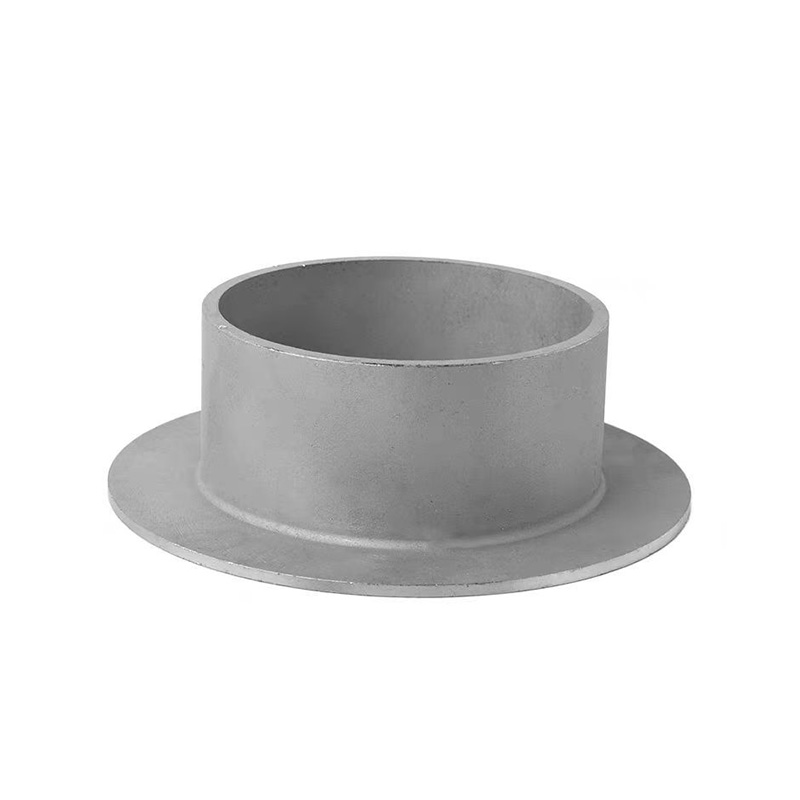Understanding the Technical Standards of 304 20592PL Flange DN25*PN6
2025-10-11 14:33:55
In industrial piping systems, plate welding flanges serve as critical components that ensure secure, leak-free connections between pipes and equipment. Among these, the 304 20592PL flange DN25*PN6 is one of the most widely used models for low- and medium-pressure applications.
As a China-based manufacturer and bulk supplier of plate welding flanges, we are often asked what the “20592PL” designation means, and how the DN25*PN6 standard fits into global engineering systems. This article breaks down the specifications, materials, and functions of this flange type in simple, professional terms.


1. What the 20592PL Standard Represents
The number 20592 refers to the GB/T 20592 national standard for steel pipe flanges in China. This standard aligns closely with the international ISO 7005 flange system.
The letters PL stand for plate-type welded flange, meaning the flange is welded to the pipe end using a circular fillet weld.
The marking DN25 PN6 specifies the size and pressure rating:
·DN25 corresponds to a nominal diameter of 25 millimeters, indicating a relatively small pipe size used in general fluid systems.
·PN6 represents a pressure class of 6 bar, suitable for low-pressure pipelines such as water, air, or chemical lines operating under moderate conditions.
Together, these designations define the physical and performance parameters that engineers must follow when designing or replacing a flange.
2. Why Stainless Steel 304 Is the Preferred Material
The prefix “304” indicates that the flange is made from AISI 304 stainless steel, one of the most popular materials in industrial pipe fittings.
This alloy contains approximately 18% chromium and 8–10% nickel, giving it excellent resistance to corrosion and oxidation. The material’s carbon content stays below 0.08%, which ensures stable welding and prevents carbide precipitation during high-temperature operations.
304 stainless steel flanges are durable, easy to clean, and perform well in environments exposed to moisture, mild chemicals, or varying temperatures.
Their tensile strength generally exceeds 520 MPa, and they can withstand continuous service temperatures up to around 870°C.
For industries such as food processing, chemical engineering, and water treatment, 304 stainless steel offers the ideal balance between strength, cost, and hygiene.
3. Dimensional Characteristics of DN25*PN6 Plate Welding Flanges
A DN25 PN6 plate welding flange is relatively compact, with an outer diameter of roughly 90 millimeters and four bolt holes arranged evenly around its circumference. The bolt circle is about 65 millimeters in diameter, allowing a secure mechanical connection with matching pipe fittings or valves.
The flange thickness is typically 12 millimeters, with a smooth or slightly raised sealing face to ensure uniform gasket compression.
These dimensions comply with the GB/T 20592 and ISO 7005 standards, guaranteeing compatibility between manufacturers and global piping systems.
4. Welding Method and Application Range
The plate welding flange, also referred to as a flat welding flange, is joined to the pipe through a single fillet weld applied around its outer edge.
This welding approach provides a reliable seal while maintaining a simple structure and cost-effective fabrication process.
It is commonly used in systems that handle water, air, low-pressure steam, or non-corrosive liquids.
Typical application areas include:
·Water supply and wastewater treatment
·HVAC installations
·Fire protection systems
·Food and beverage equipment
Petrochemical and pharmaceutical production lines
Because of its ease of installation and smooth internal transition, this flange type helps minimize fluid turbulence and reduces potential corrosion sites inside the pipeline.
5. Pressure Rating and Performance Under Operation
The PN6 pressure rating corresponds to a maximum working pressure of 6 bar, or 0.6 megapascals.
Under normal ambient conditions, this pressure rating ensures a safe and stable connection. However, as operating temperature increases, the allowable working pressure gradually decreases — a factor defined by GB/T 9124 and ASME B16.5 standards.
In real-world applications, DN25 PN6 plate welding flanges are primarily used in low-pressure service lines where safety, leak-tightness, and corrosion resistance are more important than high-pressure strength.
6. Surface Finish, Quality Control, and Inspection
For effective sealing, the contact face of a plate welding flange must have a precise surface finish.
The recommended roughness is usually between Ra 3.2 and 6.3 micrometers, allowing gaskets to seat properly without leakage.
Each flange should undergo quality checks such as:
·Dimensional inspection
·Visual surface examination
·Optional hydrostatic or pneumatic pressure testing, depending on client requirements
Qualified China suppliers provide detailed material test certificates (MTC) and traceability reports, ensuring full compliance with international manufacturing standards and customer specifications.
7. Packaging, Export Standards, and Bulk Supply
To protect the flanges during transportation, they are typically packaged in wooden cases or pallets, wrapped with anti-corrosion film, and labeled with key product information such as size, standard, and material type.
As a China manufacturer and bulk exporter of plate welding flanges, we maintain a robust production line and standardized quality system.
Our factory offers batch supply for domestic infrastructure projects and overseas distributors, ensuring consistency, accuracy, and timely delivery with every shipment.
Conclusion
The 304 20592PL flange DN25*PN6 represents a precise balance between performance, economy, and reliability.
Compliant with GB/T 20592 and ISO 7005, it serves as a trusted component in countless industrial systems that require strong, corrosion-resistant connections under low-pressure conditions.
When sourced from a China-based plate welding flange manufacturer with large-scale production capability, users gain access to bulk supply, strict quality control, and technical consistency.
Choosing a well-made plate welding flange ensures the safety and efficiency of your pipeline system — where every reliable connection begins with precision engineering.
References
GB/T 7714:Jaszak P, Skrzypacz J, Borawski A, et al. Methodology of leakage prediction in gasketed flange joints at pipeline deformations[J]. Materials, 2022, 15(12): 4354.
MLA:Jaszak, Przemysław, et al. "Methodology of leakage prediction in gasketed flange joints at pipeline deformations." Materials 15.12 (2022): 4354.
APA:Jaszak, P., Skrzypacz, J., Borawski, A., & Grzejda, R. (2022). Methodology of leakage prediction in gasketed flange joints at pipeline deformations. Materials, 15(12), 4354.

AWeld Neck Flange (WN Flange)is a type of piping flange designed to be welded to a pipe or ...

Socket fittings are essential components in piping systems, designed to connect, branch, or...

Welding ring is a commonly used metal ring component in pipeline connection or equipment do...

Welding ring is a pipe fitting used for pipeline connection. The following is its detailed ...






